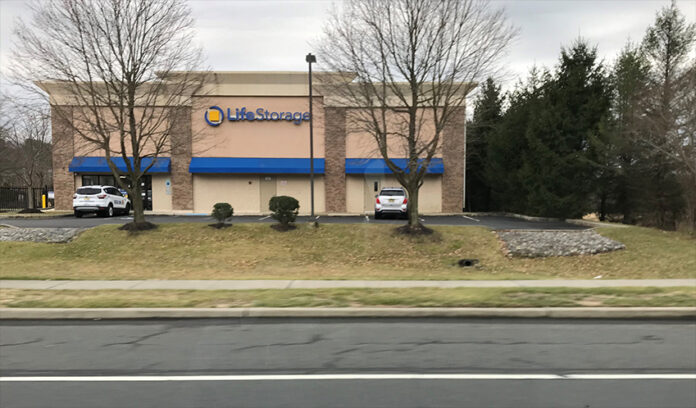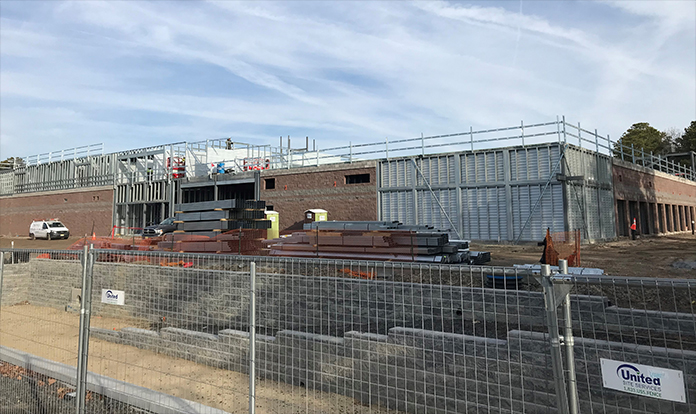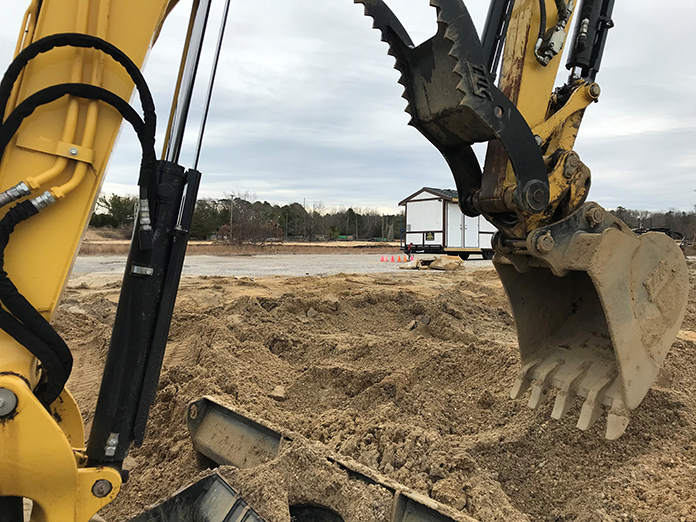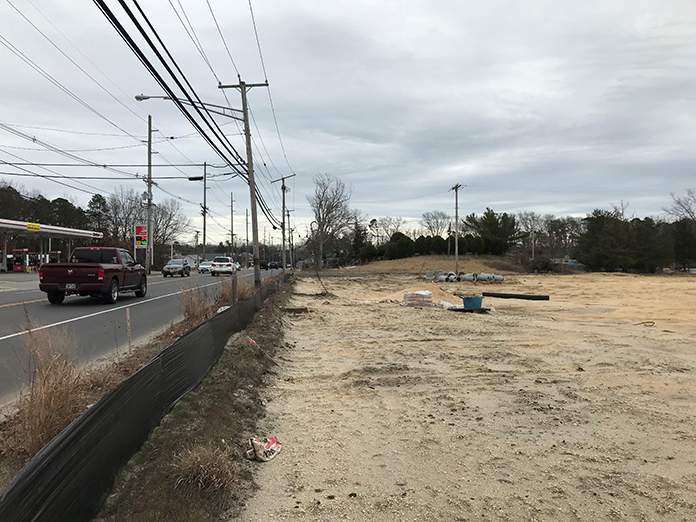
BERKELEY – Several self storage facilities are currently under construction in the area, joining ones that are already in operation. This begs the question how much demand is there for these establishments?
There’s a proposal to turn the driving range and parking lot area of Blackbeard’s Cave on Route 9 into a public storage facility. The land is 8.71 acres and the facility would be 91,260 square feet. The applicant was Marble Arch Homes of Lakewood, which also constructed the nearby Hickory Farms neighborhood. This is only one plan and it wouldn’t impact the rest of the land that’s currently undeveloped.

When the Blackbeard’s plan was before the Zoning Board, the daughter of one of Blackbeard’s former owners said there were already seven storage facilities in Berkeley, and three in Lacey, and 19 in Toms River. She didn’t see the need for more.
There are several on Route 37, and another large one is being built on the westbound side near the Wawa at Northampton Boulevard. Although these are in Toms River, they most likely serve the senior communities of Berkeley and Manchester.
Many offer military discounts, which shows that they cater to soldiers living at the base.
An industry publication, Storable, suggests that businesses looking to open a facility should take a look at car traffic at a location, expected residential development in the area, and current population (anywhere from about 20,000 people in a rural setting to 100,000 or more in an urban setting, as a general guideline).
Census figures in 2021 show almost 650,000 residents in Ocean County. Toms River has about 100,000. Manchester and Berkeley both have about 45,000. Residential development has been increasing throughout the county.
According to SpareFoot Storage Beat, a website that regularly collects statistics, storage facilities are a $29 billion annual industry. There are more than 51,200 facilities nationwide amounting to more than 2 billion square feet. Six large companies (Public Storage, Extra Space Storage, CubeSmart, Life Storage, National Storage Affiliates Trust, and U-Haul) own a third of them. An interesting detail is that when considering the U.S. population of 330 million, there is roughly 6 square feet of storage available per person.
Of all households in the country, 11.1% rent a storage space, they said.

Profitable Business
According to Storable’s records, the typical profit margin of a self storage facility is 11%, compared to a restaurant that’s 3-5%.
They also said that the business is fairly resistant to recession. Personnel is often one of the most expensive parts of running a business, and the number of employees needed per square foot is much less than a store of the same size. Additionally, the overhead is less because unlike a retail establishment, they are not buying products, shipping them in, and selling them. All the items inside the facilities are brought there by customers.
For decades, towns have wanted big box stores in town. They are a profitable business that the town can charge property tax on – which in turn lowers the taxes for residents. However, since the rise of Amazon, big box stores are closing down, leaving empty shells behind. Towns are looking for a business they can tax and a storage facility doesn’t drain resources very much.
Without big box stores to anchor a town’s property taxes, they look to other large buildings to take up space on highways. This is one reason warehouses have become so prevalent lately as well.
InsideSelfStorage.com goes into length describing how owners can argue ways to bring their property assessments down and pay less property taxes.

Retail Insider said “Players like Amazon are cleaning up in the retail world as online shopping has become consumers’ preferred way to shop. The draw in filling virtual baskets can be attributed to: convenience, ease of purchase, competitive pricing and a wider range of products.”
However, people still need items. So, perhaps they buy them online. And, if they don’t have enough room for everything they buy, they can rent a storage unit.







